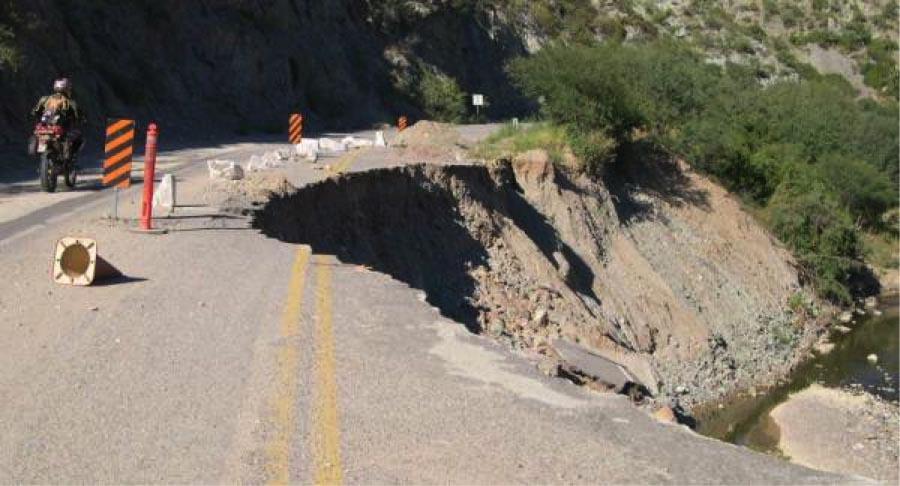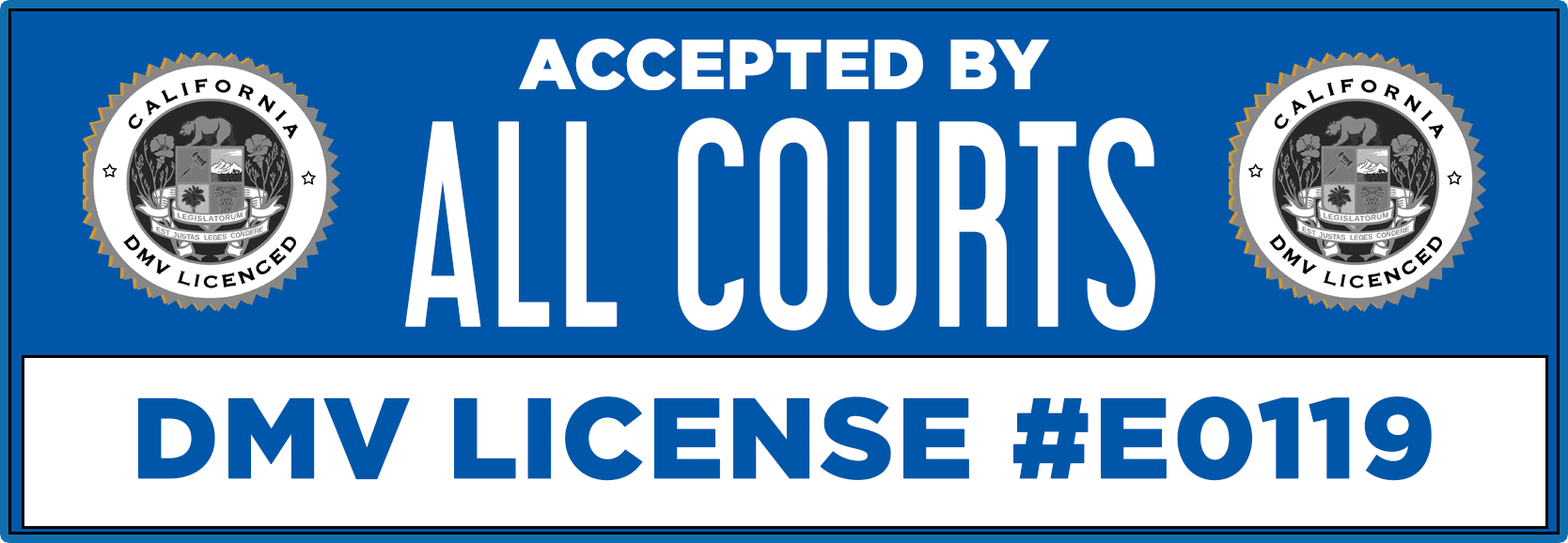How To Avoid Road Hazards

The faster the speed, the less control you have of your car. Rather than just looking at the legal posted speed limit, you should consider what may affect the safe operation of your car. For example, should you drive 35 mph (the posted speed limit) on a curve down an icy mountain road? Many new drivers do not slow to safe speeds for each road. That is one reason why new drivers have more “out-of -control” collisions than experienced drivers.
Unmarked farm and field driveways are an added danger in driving. Pick-up trucks, tractors and other slow moving vehicles can be hard to navigate around. Tall crops and other farm equipment can also diminish a drivers’ visibility.
Livestock is another potential hazard when driving. You must treat livestock like a pedestrian and give them the right-of-way the entire time. Like pedestrians, livestock can get confused crossing the road.
Rough road conditions are yet another obstacle to deal with while driving. Loose gravel, bumps, and potholes can cause your vehicle to lose control.
The unmarked shoulder can cause your car to skid. In rural settings, gas stations or roadside stands can be dangerously close to the road. Be aware for vehicle and pedestrian traffic.
Curving, winding two-lane roads in mountains present another adjustment demand on drivers not accustomed to using them. Signaling distances are greater; the act of passing and being passed requires more space allowance between vehicles, and driving, in general, requires a different set of expectations. Motorists unfamiliar with these requirements create dangers for themselves and others.
Curves are tough to maneuver in city settings and even harder in a mountainous two-lane settings. Hazards can come in the form of dirt on the roadway, blind corners and unpredictable vehicle speeds. To be safe, lower your speed while braking going through a curve.
Visibility is another key factor in a successful mountainous drive. An upcoming hill in the road won’t allow you to see what is up ahead. It’s a good idea to maintain a safe distance from the car in front of you and watch his brake lights for upcoming dangers.
Hills are tough to negotiate because gravity tends to slow a car down or speed it up. Use a lower gear setting while going up a hill for added power and oddly enough use a lower gear while going down a hill. The lower gear will slow your vehicle and save your brakes. Snow, mud, and loose gravel can make it difficult to negotiate. Be aware and take caution while driving in these tough conditions.
Brake failure and over heating are other dangers involved in uphill and downhill driving. While traveling down a hill, don’t ride your brakes. This can cause your brakes to burn out. Use your lower gears to slow your vehicle down. While climbing up a hill your car can work too hard and over heat. Keep plenty of coolant in your car and turn your air conditioner off to help keep your car from getting too hot. Your vehicle condition is important because driving on hills can cause your car to do what it normally doesn’t do.
High altitudes can accelerate the overheating of your car because the air is thinner and makes your car work harder.
Before you take a big trip, make sure your fluid levels are correct and that your car is in good mechanical condition.
You must allow other vehicles to pass when 5 or more vehicles are following you. Safely pull to the side of the road and let the other vehicles pass. When passing slower vehicles be sure to never drive off the road to pass on the left.
According to DMV California law, drivers of vehicles proceeding in opposite directions shall pass each other to the right; and except when a roadway has been divided into traffic lanes, each driver shall give to the other at least one-half of the main traveled portion of the roadway whenever possible.
Slow down when there is a lot of water on the road. When you are driving in heavy rain or a downpour, remember not to switch on your high beam lights. This is because high lights will be reflected by water and it will be harder for you and other road users to see the road clearly. Remember to turn on your wipers as well when you are driving.
Driving in these extreme weathers, you should drive slower than the allocated speed limit. Speeding may cause your car to spin when the road is slippery. Also, keep a safe distance from the other cars so that you have ample time to break if an emergency stop is needed. Stay away from large vehicles like Lorries and trailers because the tires will splash water up on your windscreen. The splashes might cause collisions if you stay too close to them because you will not be able to see the road clearly.
Keep off the curbs and the sides of the roads because if there is heavy downpour, the sides of the roads are prone to floods. Drive on the center of the road and try to follow the tire tracks of the car in front of you. Try to avoid puddles of water as there might be large potholes underneath the water.
Pull over for a rest if you are not in a good state for driving. When you have pulled over, make sure that your hazard lights are on so that oncoming cars are able to see and avoid you on time. Do not turn on hazard lights when you are driving even though your initial attention is to warn the others about your existence. It might lead to the misjudgment of your location from the other drivers. Use the lights wisely and turn them on when they are needed.
When you enroll in a traffic school program, you will learn about the topics mentioned above and more. A motor vehicle can be a safe mode of transportation, or it can be a very dangerous weapon. If you want to learn how to increase the chances of making it to your destination in one piece, complete our traffic school online today. The program is ComedyTrafficSchool.com. Take online traffic school the fun way with our award winning course. Our traffic school course is the perfect choice for anyone who recently received a traffic ticket; keep points masked from your driving record,, your auto insurance rates low and become a better, safer driver!





